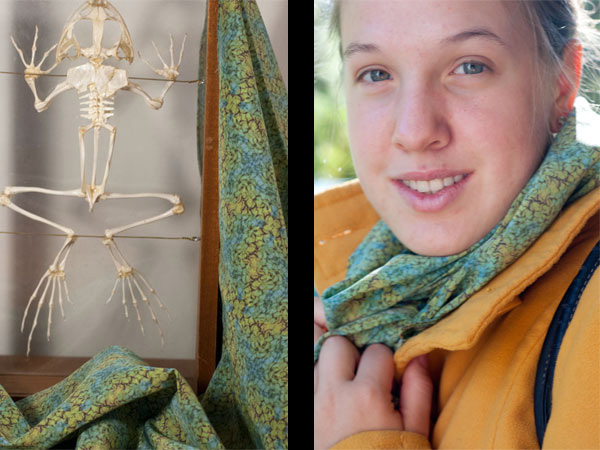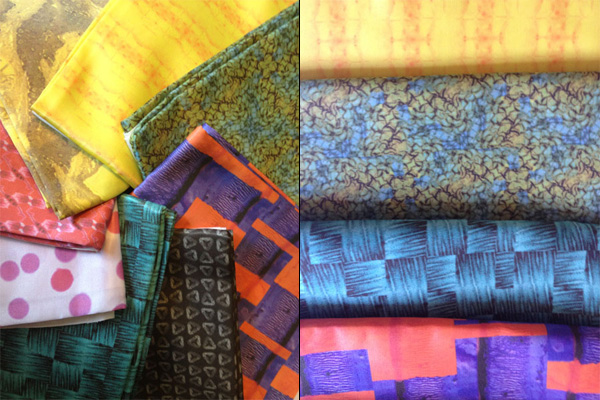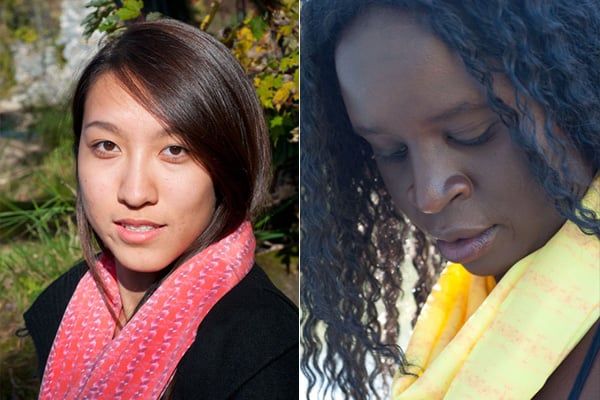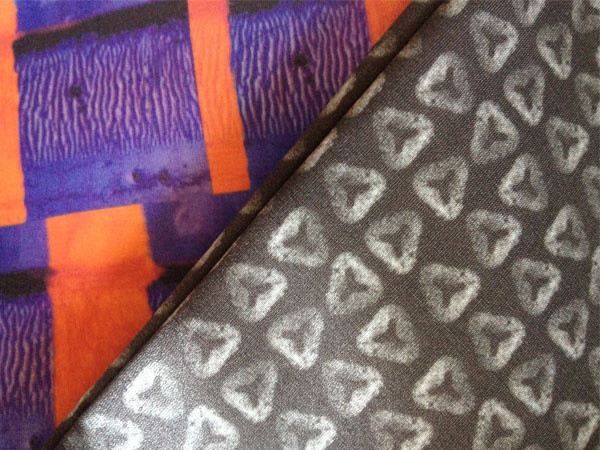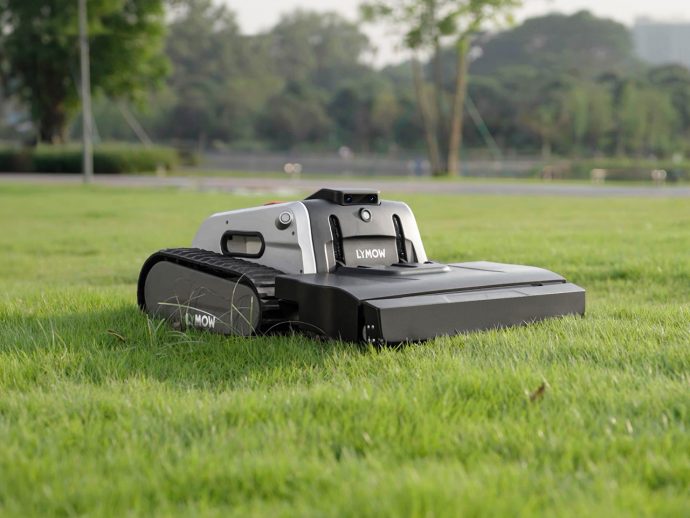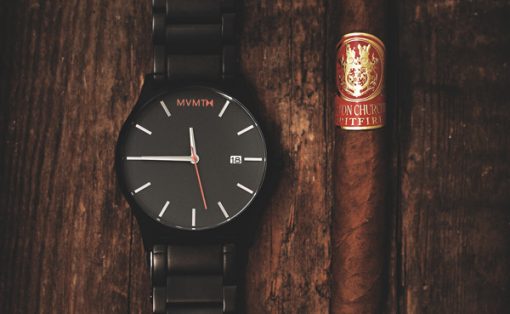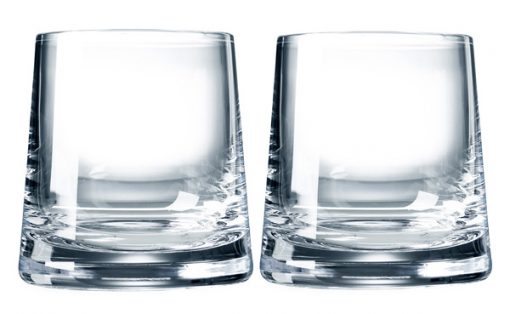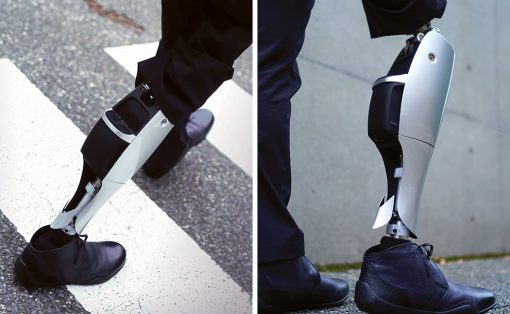Designer Ariele Faber has carved an innovative path in the field of pattern design. Her brainchild, Cerebella Design, brings to life the beautiful details of specimens as viewed under the microscope that are often invisible to the naked eye—until now. Each of the items you see here were inspired by biological samples that made their way from the science lab to the art studio. This Valentine’s Day get a chance to WIN neckwear of your choice by simply answering the question below!
To WIN a Cerebella Design for you (or your Valentine), simply answer this question:
- What is the next biological specimen you would like to see on Cerebella scarves, neckties and bow ties?
So far Cerebella has developed nine unique patterns, including Pollen, Obelia, Moon Jellyfish, Tapeworm, Starfish Eggs, Pseudoscorpion, Frog Skin, Whale Skin, and Trachea. Tell us what should come next!
- Standard Contest Rules Apply
- Contest Closes on 29th Jan midnight PST
- Cerebella Design recently launched a biology-inspired neckwear line and currently has a bank of nine unique patterns that exhibit specimens in a wide array of color combinations.
- Patterns are applied to bow ties, neckties, and scarves, each individually crafted in the USA.
- The process uses cutting-edge photomicroscopy imaging techniques and digital textile design technology.
- Cerebella promotes science education through art by introducing this innovative design process to students in K-12 schools
- All products are currently available for purchase at http://www.cerebelladesign.com.
You can follow Cerebella Design on Facebook, Twitter, and Pinterest, and/or sign up for the monthly newsletter to get the latest updates and contest information!
[Gallery=107]

